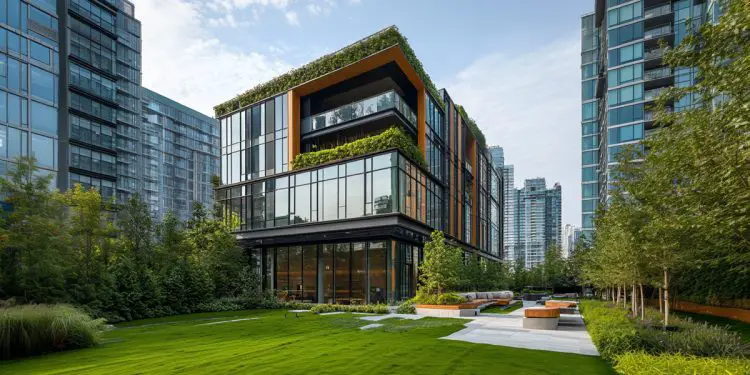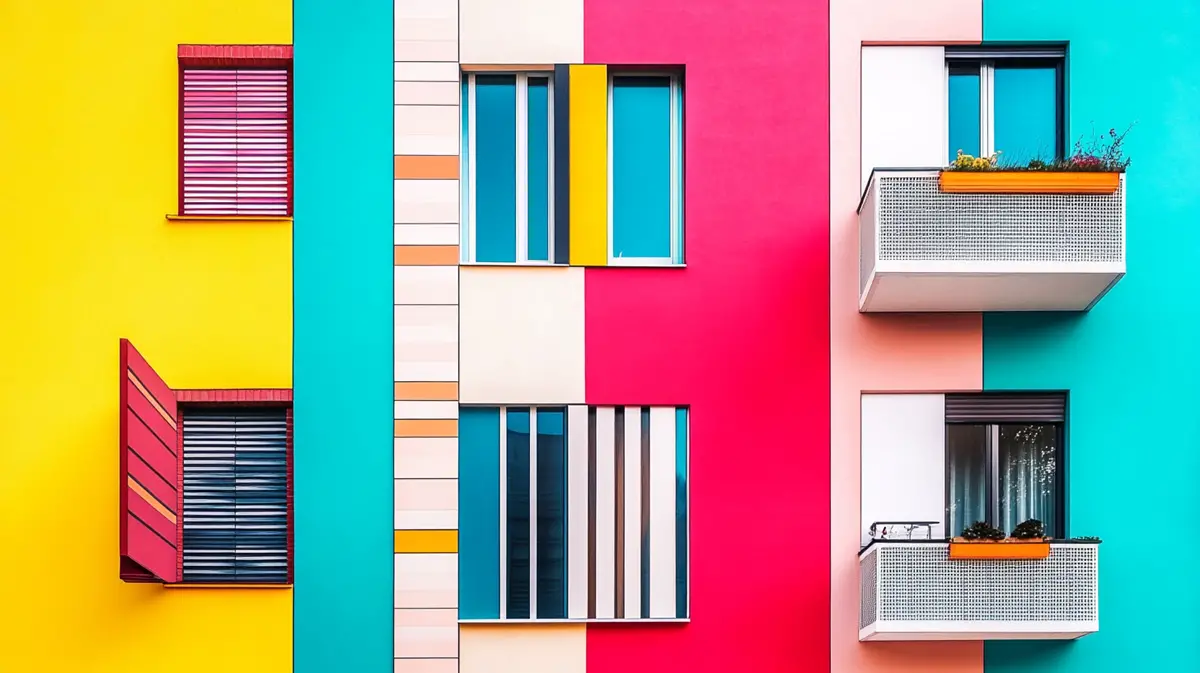Architectural Design Trends: What’s Hot and What’s Not

The world of architectural design is experiencing a dramatic transformation as we navigate through 2025. From sustainable innovations to technological integration, the industry is witnessing unprecedented changes that are reshaping how we approach building design and construction. Understanding these evolving trends enables architects, developers, and construction professionals to create spaces that resonate with contemporary demands whilst avoiding outdated approaches that could diminish project value.
What’s Driving Change in Architectural Design
Current architectural design trends reflect broader societal shifts towards sustainability, wellness, and technological integration. The growing awareness of climate change impacts has positioned environmental responsibility at the forefront of design decisions, whilst advances in artificial intelligence and smart materials are opening new possibilities for innovative building solutions.
The pandemic’s lasting influence continues to shape architectural design priorities, with increased emphasis on adaptable spaces, indoor air quality, and biophilic elements that connect occupants with nature. These factors combine to create a design landscape that prioritises human wellbeing alongside environmental stewardship.
Hot Trends Transforming Architectural Design 2025
Biophilic Design Takes Centre Stage
Biophilic architectural design has emerged as one of the most significant trends, addressing the disconnect between modern urban living and our inherent connection to nature. This approach incorporates living walls, expansive glass facades, and natural materials to create healthier, more productive environments.
Research demonstrates that surrounding occupants with greenery substantially improves happiness, health, and productivity levels. Green roofs provide practical benefits including reduced rainwater runoff and improved energy efficiency, whilst indoor parks are becoming central features in modern buildings.
Sustainable Architecture Becomes Standard Practice
Environmental consciousness is driving architectural design towards carbon-neutral and regenerative building practices. The integration of renewable energy systems, sustainable materials like bamboo and certified timber, and energy-efficient design strategies are becoming essential rather than optional elements.
Embodied carbon considerations now influence material selection from project inception, with architects specifying low-impact alternatives such as hempcrete and recycled materials. This shift represents a fundamental change in how architectural design approaches environmental responsibility.
Technology Integration Reshapes Design Possibilities
Artificial intelligence is revolutionising architectural design processes, enabling data-driven decision making and optimised building performance. Smart materials that respond to environmental conditions, such as glass that adjusts translucency based on sunlight, are creating new design possibilities.
Building Information Modelling continues evolving through AI integration, enabling more precise architectural design decisions whilst reducing material waste. Virtual and augmented reality technologies are transforming client presentations and design development processes.
Art Deco Revival and Maximalist Expression
Contemporary architectural design is witnessing a resurgence of Art Deco influences, characterised by bold geometric patterns and luxurious materials. This trend reflects a movement away from stark minimalism towards more expressive, personality-driven design approaches.
Maximalist architectural design emphasises individual expression through vibrant colours, rich textures, and cultural influences that create spaces with character and identity. This shift acknowledges the human need for stimulating, engaging environments.
What’s Falling Out of Favour in Architectural Design
Minimalist Overreach Loses Appeal
The stark minimalism that dominated recent years is losing ground as people seek warmer, more characterful spaces. All-gray colour schemes and overly sterile environments are being rejected in favour of warmer, earthier palettes that create welcoming atmospheres.
Sharp corners and harsh lines are giving way to curved forms and organic shapes that evoke serenity and comfort. This transition reflects a broader desire for architectural design that prioritises human comfort over purely aesthetic considerations.
Industrial Aesthetics and Fast Solutions
Industrial-style elements, particularly harsh lighting fixtures and exposed utilitarian features, are becoming passé as architectural design trends towards warmer, more inviting approaches. The emphasis is shifting from showcasing structural elements to creating comfortable, liveable environments.
Cheap, mass-produced materials and finishes that characterised budget-conscious projects are increasingly recognised as detrimental to long-term value. Quality craftsmanship and authentic materials are regaining prominence in architectural design.
Outdated Farmhouse Elements
Over-the-top rustic elements including shiplap walls and distressed finishes are being replaced by more sophisticated interpretations of natural materials. While natural wood remains popular, architectural design is moving towards cleaner, more refined applications.
Future-Proofing Through Informed Architectural Design
Successful architectural design in 2025 requires balancing multiple considerations: environmental impact, technological integration, human wellbeing, and aesthetic appeal. The most effective approaches embrace flexibility and adaptability, ensuring spaces can evolve with changing needs.
Professional architectural design services ensure projects incorporate current best practices whilst avoiding trends that could quickly become dated, delivering environments that serve occupants effectively whilst contributing positively to broader sustainability goals.










